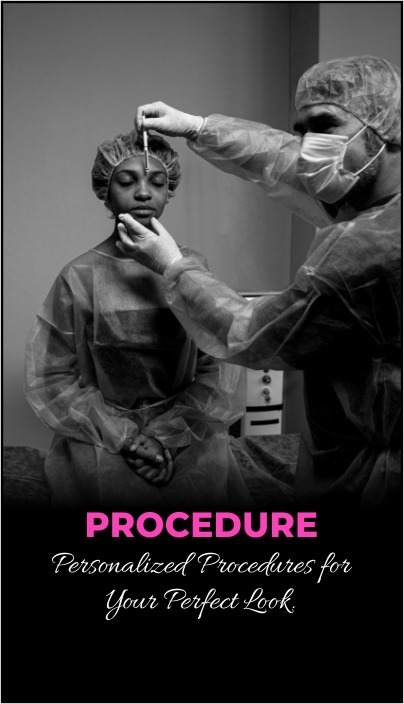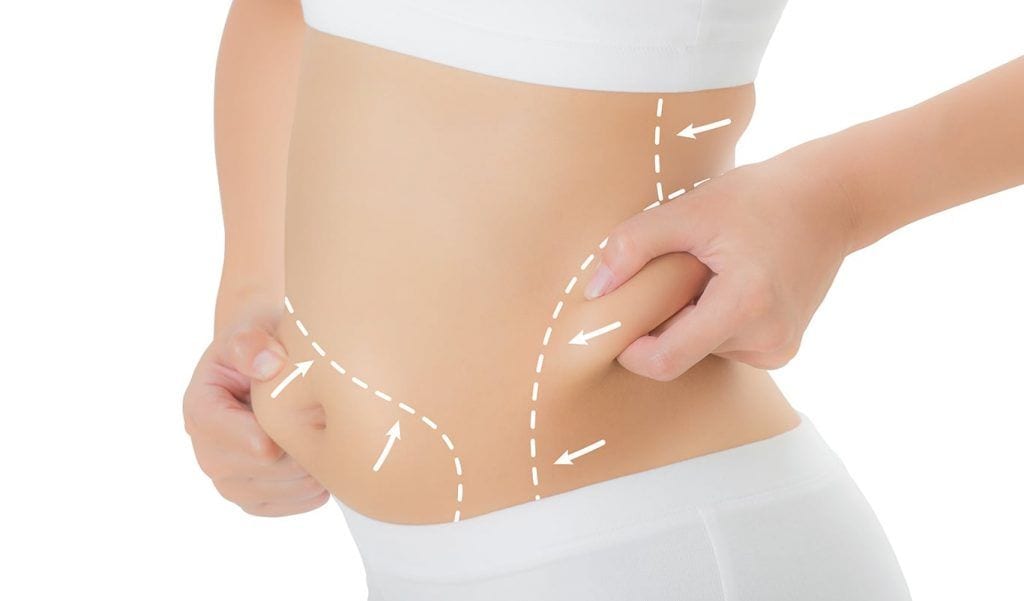

Nonsurgical and minimally invasive options for fat reduction include technology that uses heat, cooling, or injected medication to reduce fat cells. While none of these treatments are a replacement for liposuction, they provide options for patients unwilling or unable to undergo surgery. Nonsurgical fat reduction options use a variety of modalities, including:
Among the procedures that comprise nonsurgical fat reduction are:
Patients who are pregnant or breastfeeding should not have any of the aforementioned procedures.

Cryolipolysis, commonly referred to as "CoolSculpting," uses cold temperature to break down fat cells. Fat cells are particularly susceptible to cold, unlike other cells. While the fat cells freeze, the skin and other structures are spared from injury. This is one of the most popular nonsurgical fat reduction treatments.
Reasons patients want cryolipolysis:
Who is not a candidate for cryolipolysis?
The goal of cryolipolysis is to reduce the volume of fat in a fatty bulge. Some patients opt to treat more than one area or to retreat an area more than once. An applicator of the appropriate size is applied, and the bulge is vacuumed into the hollow of the applicator. The temperature inside the applicator drops, numbing the area. After the hour-long treatment, the applicator is removed and the area is massaged.
Does cryolipolysis require anesthesia?
No, the procedure is done without anesthesia.
Recovery:
There are no activity restrictions. Some patients feel soreness similar to having worked out, and rarely, there is pain. If pain occurs, medication can be prescribed.
Results:
Fat reduction is typically about 20%, with full results visible after 4 to 6 months.
Injection lipolysis chemically reduces the number of fat cells around the injection site using deoxycholic acid. It is currently FDA-approved for treatment of fat beneath the chin, known as a "double chin."
Reasons patients want injection lipolysis:
Who is not a candidate for injection lipolysis?
Does injection lipolysis require anesthesia?
It can be done under local anesthesia, injected into the treatment area beneath the chin.
After local anesthesia, a precise amount of medication is injected in a grid pattern beneath the chin. Patients can have up to six treatments spaced 4 to 6 weeks apart.
Recovery:
There is no downtime, but patients may experience swelling, bruising, and hardness in the treated area, which softens over time. Results typically appear within 6 to 8 weeks.
Risks of injection lipolysis:
Complications are rare but can include nerve injury leading to an uneven smile and, in rare cases, difficulty swallowing.
Radiofrequency lipolysis is a procedure that uses radio frequency to heat fat cells without direct contact with the skin. The applicator heats the fat from a distance of one centimeter, targeting fat cells while sparing skin and other structures.
Reasons patients want radiofrequency lipolysis:
Who is not a candidate for radiofrequency lipolysis?
The procedure takes about thirty minutes and is usually repeated once a week for four weeks. No anesthesia is required. The goal is to reduce the fat volume in targeted areas. Risks are minimal, with mild erythema being the most common side effect.
Recovery:
There are no activity restrictions or downtime after the procedure.
Results:
Patients typically see a reduction in fat, with some losing up to two inches in the treated area.
Laser lipolysis uses laser energy to heat and disrupt fat cells, without impacting other types of cells in the skin. A common type of laser lipolysis is SculpSure.
Reasons patients want laser lipolysis:
Who is not a candidate for laser lipolysis?
The procedure involves marking the treatment area, applying the applicator, and feeling a cooling sensation. During the 25-minute treatment, patients may feel warmth and tingling. No anesthesia is required.
Recovery:
No downtime is needed, though patients may experience temporary redness or swelling.
Results:
Results may be visible after six weeks, with full results apparent by three months.
The average cost of nonsurgical fat reduction is Rs_______, according to the latest statistics from the International Society of Aesthetic Plastic Surgery (ISAPS). The price varies based on the expertise of the provider, the type of procedure, and geographic location.
Costs may include:
Many plastic surgeons offer financing plans for nonsurgical fat reduction treatments.
Before deciding on nonsurgical fat reduction, consult a board-certified plastic surgeon. During your consultation, expect to discuss your goals, medical history, and any prior surgeries.
Your plastic surgeon will also:
It’s important to ask your surgeon questions and feel comfortable before proceeding with any treatment.
Use this checklist as a guide during your nonsurgical fat reduction consultation:
Nonsurgical fat reduction involves many choices. The first and most important is selecting a board-certified plastic surgeon who is a member of the International Society of Aesthetic Plastic Surgery (ISAPS).
ISAPS Member Surgeons meet rigorous standards:
